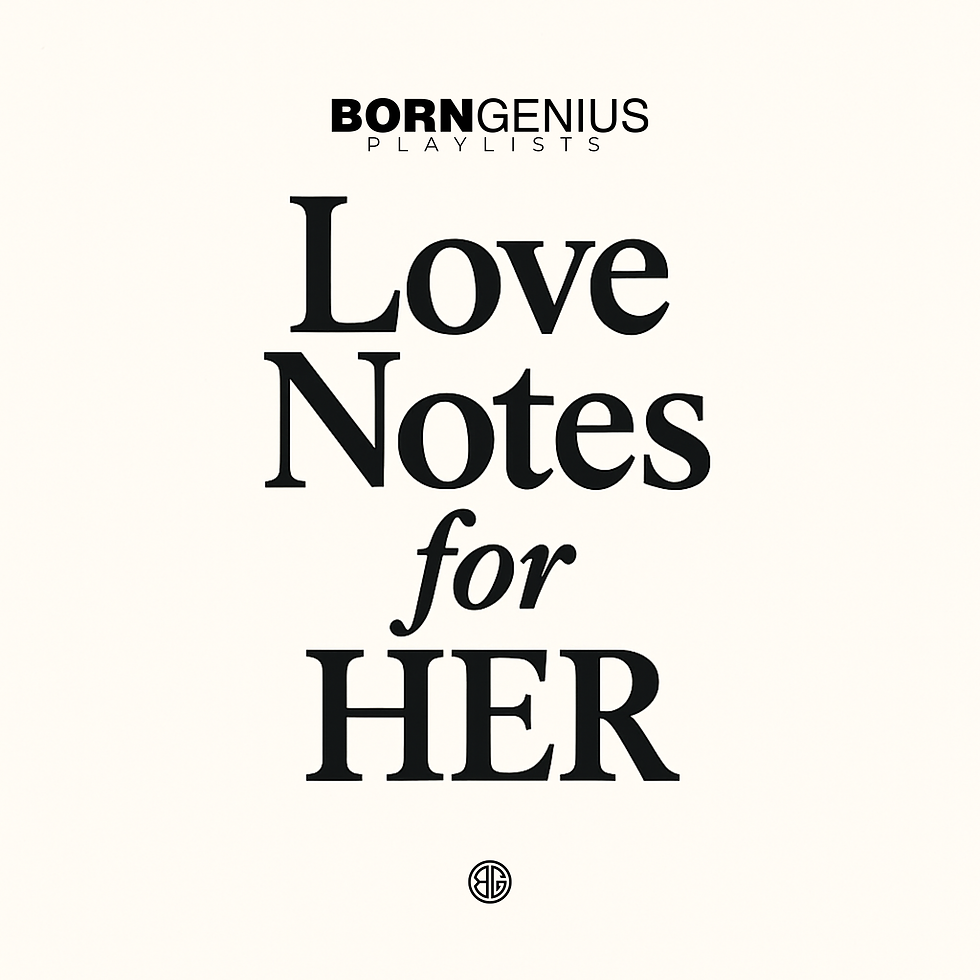Weekly Playlist: Global Sample-Pallet
- J.BONKAZ

- Dec 4, 2020
- 4 min read
(Pictured below are the members of Higher Brothers)

Hip-Hop takes on a variety of critical functions when one sonically ventures outside the United States, and into the aggressive realms of real socio-cultural oppression, namely Cuba, Africa, Russia, Ukraine, China, among many distinct places where governmental tyranny is still very much a part of daily life. In these localities, Hip-Hop serves as musical retaliation against an unrelenting thumb of absolute dogmatism which, at every turn, seeks to stamp out creativity that is, in its makeup, actually idiosyncratic and resemblant of an individual and not the whole. According to Motley and Henderson(2008), Tanzanian Youth used Hip-Hop culture to stand-out and literally rebel against the ubiquitous stereotype of the mean, evil Hip-Hop lover. Put more plainly by Rose(1994), “oppressed people use language, dance and music to mock those in power,” and thus, Hip-Hop, as ambiguous as this term is in the 21st century, has firmly become a genre of resistance, perseverance, self-growth, and defiance, no matter what way it’s musically articulated, or what cultural infusions it may take on. Presented in this five-song Playlist are examples of how dissimilar Hip-Hop can sound throughout the world, and yet how similar they can be to each other via thematic traits, musical textures, lyrical prowess, socioemotional inclinations, and even an Artist's adherence to standard conceptions of ‘Hip-Hop culture’, as displayed by a couple of the songs presented,
(Pictured below is C. Tangana)

As always, If you enjoy this work, please like and comment what your favorite songs are or were, and share if you would like! All of these songs are available on YouTube and Spotify, so go check them out and support these wonderful global Artists! I hope you find these five songs as impactful as I had, as these are only a selection of the myriad of creators available to be found!
1. Gee: Mariama
Touching base first in The Republic of Ghana with Griot instrumentation and Mbala textual lyricism, outspoken Rapper Gee [Gibril Bala Gaye] and his 2020 Samba-Reggae single Mariama, a nod to Sierra Leone born Singer-Songwriter Mariama Jalloh, as well as the prescribed meaning of the word Mariama, "most kind, beautiful girl who was to ever walk the earth", this song will serve as our first-blush into the realm of multicultural Hip-Hopism, where Hip-Hop becomes submissive to its ethnographic locality and its unique musical verbiage [Again, I must point out the term’s [Hip-Hop] inadequacy here, but for the sake of consistency, it will be labeled as such].
2. YOURA (Yuri Bardash): PRAKTIKA
Traveling to the Luhansk region in southeast Ukraine, where the Hip-Hop aesthetic is diversity colored, not only by the high populations of West-Africans but by Ukrainian folk-song traditions [this is not to say Ukr-Hop is not sonically ‘Westernized’], we are met with nothing of the sort. Featured on his 2018 Album Predictor, Yuri Bardash, Ukraine’s musical ‘Renaissance Man’, through the second Track Praktika, depicts the stark power-difference between workers and their oligarch dictators, seen through the eyes of Factory workers, and heard through Yuri’s paradoxically juvenile timbral flow.
3. Higher Brothers: Zombie
Stepping now into the world of Chinese Hip-Hop and its unique governmental relationship, Hip-Hop being ‘officially’ backed by the Chinese Communist Party and used for ‘rapaganda’, I am ‘honored’ to introduce you to the four-member Chengdu-based Hip-Hop group Higher Brothers and their peculiar blend of East/West aesthetics. This group has formally seen the power of the Great Firewall of China, in 2015 having a close-encounter due to an anti-Uber song sung by Melo [Xiè Yǔjié]. This song, of their 2019 Album ‘Five Stars’, an allusion to the five-starred flag of the Chinese Communist Party, is a perfect example of when the West’s infatuation with sex-culture meets the East’s brand-based, technological Universe.
4. Azad: DUNKEL UND GRAU
Based in Frankfurt-am-Main in Hesse, Germany, one of two original locations where the genres Eurodance and Trance dance were born, the Kurdish-born Rapper Azad [Azad Azadpour] will be your guide into the taut contention between ‘Old School’ German Rap and ‘New School’ German Rap, however with ‘migrant hip hop’ under- and over-tones. Coming from his recent Oct.31st Album ‘Goat’, an acronym for Greatest Of All Time, the track ‘Dunkel und Grau’ [Dark and Grey] he depicts the reality of street-life, the effects of alcoholism, and violence, and his journey up from literal rock-bottom.
5. C. Tangana: Bien
Concluding with a trip to Madrid, Spain, home of the Madrid Open, Teatro de la Zarzuela, and the global tradition of Carnival, I leave with a softer version of Hip-Hop, equivalent to Lo-Fi. Chillhop, and a previously talked-about genre called Cloud Rap. C. Tangana [Anton Alvarez Alfaro], a philosophically-inclined Rapper who has shown a tendency to escape beyond the norms of Rap [including Spanish Rap] and its conceived visual [and acoustic] aesthetics, in his recent 2020 Short-form Album entitled ‘Bien’ [Fine], C.T. talks directly to the listener’s empathetic affections in the first track of the same name. A short phrase is all it takes, ‘Todo va a estar bien [Everything will be fine]’, and one knows that Tangana is right.
Writer: John David Vandevert [Johndavidvandevert.com]



Comments